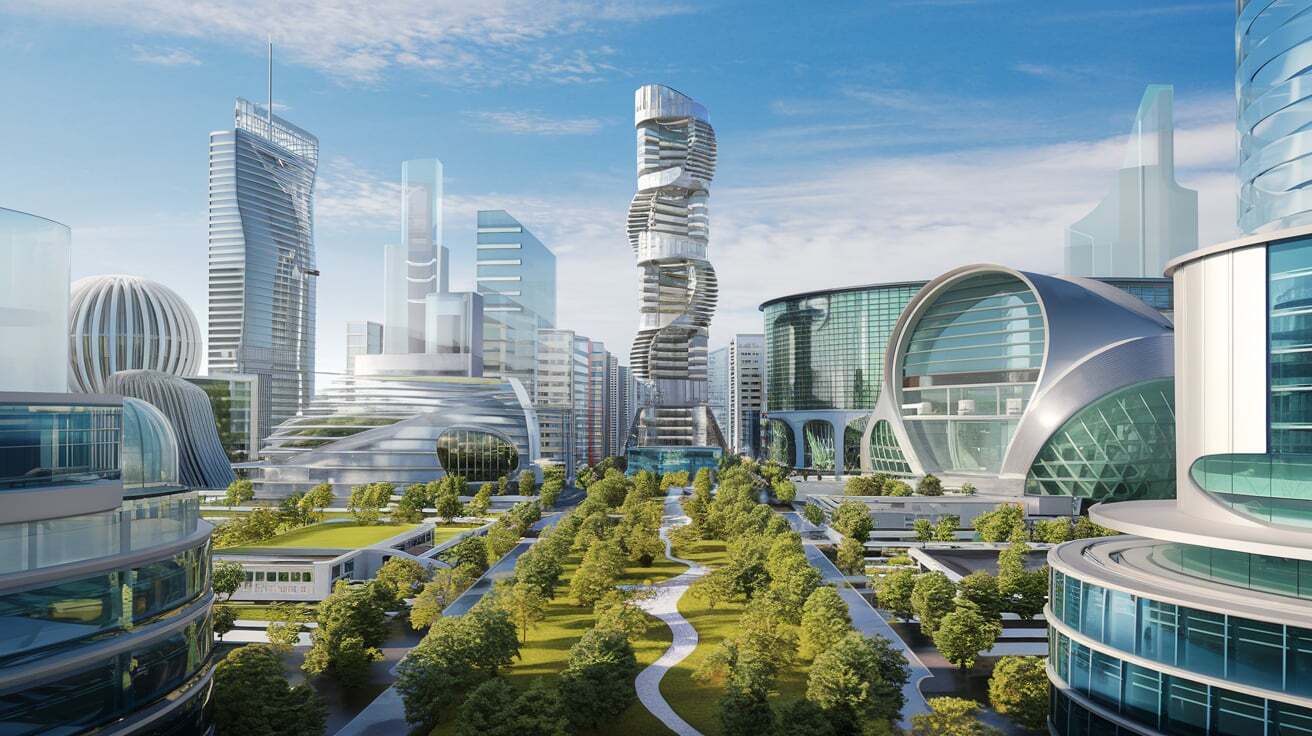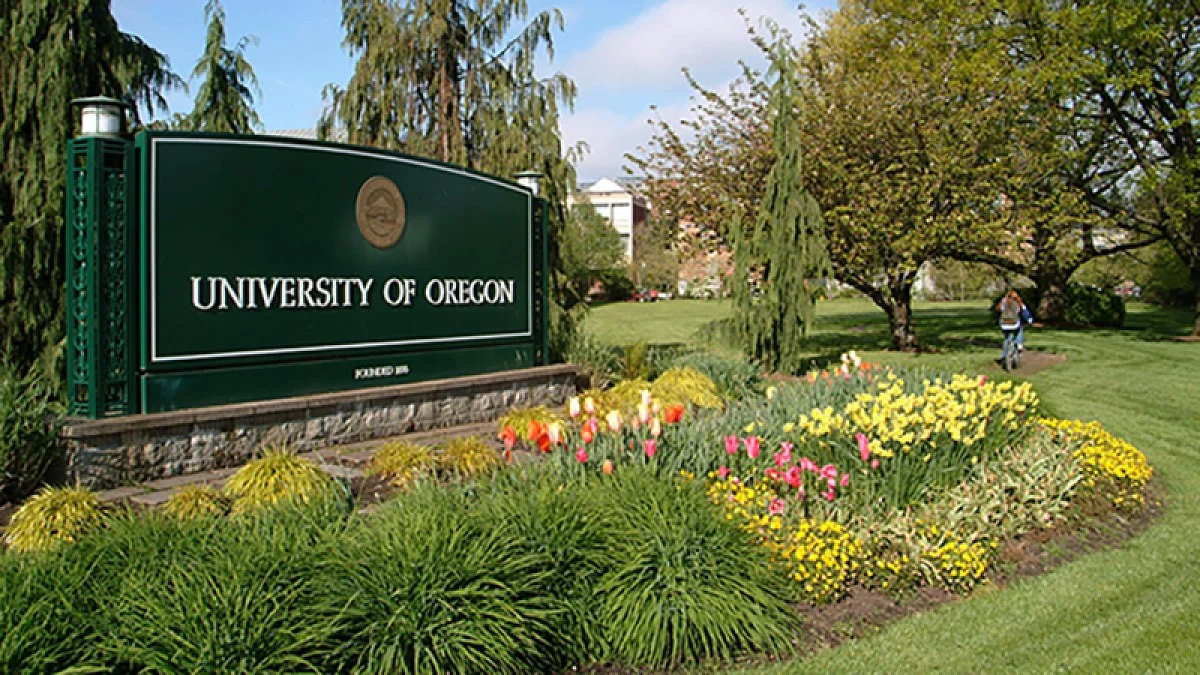
Broadway, synonymous with world-class theater, stands as a beacon of American culture and creativity. Nestled in the heart of New York City, this vibrant district is home to 41 professional theaters, each with a seating capacity of 500 or more. Broadway’s reputation for producing high-quality theatrical performances draws millions of visitors from around the globe each year, making it a cultural and economic powerhouse.
The History of Broadway
Broadway’s roots trace back to the early 18th century, with the establishment of the first theaters in New York City. However, it wasn’t until the mid-19th century that broadway began to evolve into the iconic theater district we know today. The construction of the Astor Place Opera House in 1847 and the subsequent development of Times Square in the early 20th century played pivotal roles in this transformation.
The “Great White Way,” a nickname for Broadway due to its brilliantly illuminated marquees and billboards, became a hub for theatrical productions. The introduction of electric lighting in the late 19th century further cemented Broadway’s status as the epicenter of American theater.
Iconic Theaters and Landmark Productions
Broadway boasts an array of historic theaters, each with its own unique charm and legacy. The Lyceum Theatre, built in 1903, is the oldest continually operating Broadway theater. The New Amsterdam Theatre, home to Disney’s “The Lion King” for many years, stands as a testament to Broadway’s ability to blend historic charm with modern productions.
Broadway’s repertoire of landmark productions is extensive. Shows like “West Side Story,” “The Phantom of the Opera,” and “Hamilton” have not only captivated audiences but have also left an indelible mark on the cultural landscape. These productions have showcased the talents of legendary playwrights, composers, actors, and directors, solidifying Broadway’s reputation for excellence.
The Broadway Experience
Attending a Broadway show is a quintessential New York City experience. From the moment you step into a theater, you’re enveloped in an atmosphere of anticipation and excitement. The grandeur of the theater interiors, with their ornate decorations and plush seating, adds to the sense of occasion.
Broadway shows offer a diverse range of genres, from heartwarming musicals and gripping dramas to hilarious comedies and thought-provoking avant-garde pieces. This diversity ensures that there is something for everyone, regardless of personal taste.
Economic and Cultural Impact
Broadway’s impact extends far beyond the stage. Economically, it is a major driver of New York City’s tourism industry. In the 2018-2019 season alone, Broadway shows grossed over $1.8 billion and attracted more than 14.8 million attendees. This influx of visitors generates substantial revenue for hotels, restaurants, and other local businesses.
Culturally, Broadway serves as a platform for important social and political commentary. Productions like “Rent,” “The Color Purple,” and “Dear Evan Hansen” address critical issues such as AIDS, racial inequality, and mental health, prompting audiences to reflect and engage in meaningful conversations.
The Evolution of Broadway
Broadway is constantly evolving, adapting to changing tastes and technological advancements. In recent years, there has been a notable increase in the number of productions featuring diverse casts and creative teams. This shift reflects a broader commitment to inclusivity and representation within the theater community.
Technological innovations have also transformed the Broadway experience. Enhanced sound and lighting systems, coupled with cutting-edge special effects, have elevated the visual and auditory impact of productions. Additionally, the rise of digital platforms has made Broadway more accessible to global audiences through live-streamed performances and digital archives.
The Role of Broadway in American Society
Broadway’s influence extends beyond entertainment; it plays a vital role in shaping American society. The themes explored in Broadway shows often mirror the cultural and political climate of the times. For instance, during the civil rights movement, shows like “West Side Story” and “A Raisin in the Sun” tackled issues of racial tension and integration.
In recent years, Broadway has become a platform for promoting social justice and equality. Productions like “Hamilton” have reimagined American history through a diverse lens, challenging traditional narratives and celebrating the contributions of marginalized communities.
Broadway Stars: The Faces of the Stage
Broadway has been the launching pad for countless actors who have gone on to achieve fame and acclaim in film, television, and music. Legends like Ethel Merman, Julie Andrews, and Angela Lansbury began their illustrious careers on Broadway stages. Contemporary stars such as Lin-Manuel Miranda, Idina Menzel, and Hugh Jackman continue to captivate audiences with their extraordinary talent and charisma.
The dedication and passion of Broadway performers are unparalleled. The rigorous schedule of eight shows a week demands physical stamina and emotional resilience, underscoring the commitment of these artists to their craft.
The Future of Broadway
As Broadway looks to the future, it faces both opportunities and challenges. The COVID-19 pandemic dealt a severe blow to the theater industry, leading to an unprecedented shutdown of Broadway theaters for over a year. However, the resilience and creativity of the Broadway community have fueled a strong comeback.
The return of live performances has been met with enthusiastic audiences eager to experience the magic of Broadway once again. New productions, innovative storytelling techniques, and continued efforts to promote diversity and inclusion promise to keep Broadway at the forefront of American theater.
Conclusion
Broadway is more than just a collection of theaters; it is a cultural institution that embodies the spirit of creativity, resilience, and inclusivity. Its rich history, iconic productions, and profound impact on American society make it a cornerstone of global theater. As broadway continues to evolve and adapt, it remains a shining example of the transformative power of the arts.







